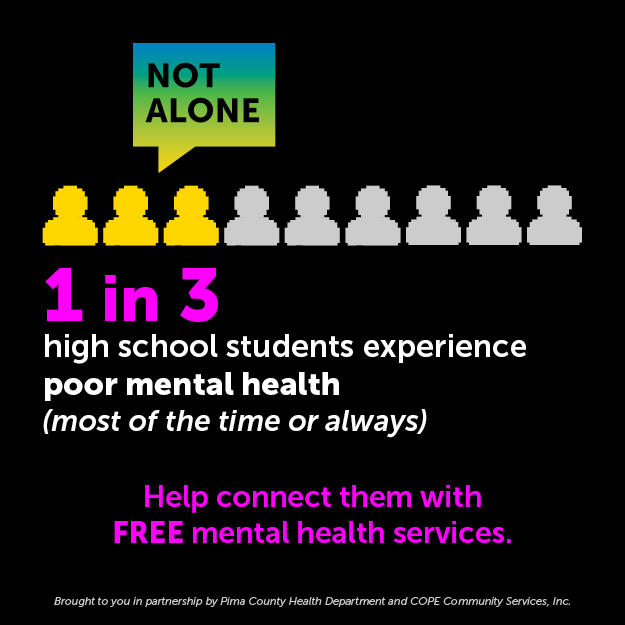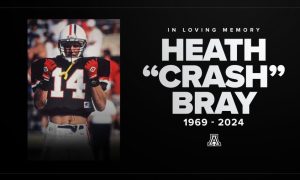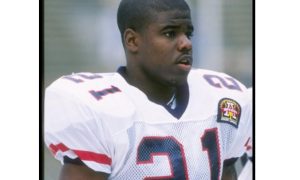If you never thought about reading a book about University of Hawaii football from more than three decades ago, then let me tell you this:
Read Dick Tomey’s book anyway.
Tomey has written a remembrance about his time as the head coach at Hawaii, but the hook here for those of us on the mainland is that he moves far beyond the local heroes and game details.
While the book transports the reader back to the beginnings of the modern-day Hawaii program, “Rise of the Rainbow Warriors” is sprinkled with enough life wisdom to be required reading for every coach — young or old, assistant or head coach, from Pop Warner all the way to Alabama — and for those just trying to piece together a coherent sense of values.
Tomey is really writing about the culture of ‘ohana — family.
Suggested subtitle: “The World According to Dick Tomey.”

“He introduced the people of Hawaii to a new brand of football — a brand founded on love, toughness and effort,” Navy coach Ken Niumatalolo, a former Rainbow Warrior quarterback, wrote in the foreword. “It was a philosophy that perfectly mirrored the culture of the Islands. A culture of a fierce Warrior mentality. A culture of love and giving. A culture of humility and hard work.”
That the book will be a hit in Hawaii is a given. Tomey — who had been advised to NOT take the job in the summer of 1977 — took over a fledging independent Division I program, helped bring it into the Western Athletic Conference, created a buzz in the then-new Aloha Stadium and toppled some college football bigger boys like South Carolina, Arizona State, West Virginia and Wisconsin.
Tomey, who spent 10 years at Hawaii, going 63-46-3, would go on to coach at Arizona for 14 years, then work as an assistant to Mack Brown at Texas, with the San Francisco 49ers, as the head coach at San Jose State (helping rescue that program, but that’s a different story) and then finishing his coaching career back at Hawaii, as special teams coordinator in 2011.
Arizona fans, in particular, will recognize many of the names from Tomey’s Hawaii days — Dino Babers, Rich Ellerson, Larry Mac Duff, Bob Wagner, Duane Akina, Mike Flores, Dave Fagg and Ben Griffith, to mention several — and will spot Tomey’s coaching DNA through the stories he weaves about building the Rainbow Warriors.
It’s been 25 years since Tomey — after a devastating 14-14 tie at a bad Oregon State team early in the 1992 season left Arizona 1-1-1 — met with each player individually the following week. The Wildcats then went out and nearly toppled No. 1 Miami at the Orange Bowl, losing 8-7 as a 51-yard field goal slid just wide. Nevertheless, the Desert Swarm defense was born that day, inspired, in no small part, by those one-on-one meetings.
That was something Tomey first succeeded with at Hawaii after an 0-3 start to a season. He describes the “Marathon Encounter” in the book.
He told his team: “Whether you played every down or didn’t play at all, I need to talk to you. I want to look you right in the eye. I want to tell you what I think, and I want you to tell me what you think. I want you to tell me how you feel.”
In hardback at 168 pages — including glossy pages of photographs — “Rise of the Rainbow Warriors” is a quick, but not insubstantial, read. Tomey and co-author Lance Tominaga deftly mix in excerpts from 150 interviews and present the chapters in more of a thematic way than just chronological order.
HOW TO ORDER
–Pre-order at bookshawaii.net
–Book will be available at Amazon.com in the middle of the month
“It was just a wonderful experience,” Tomey said last week in an interview about his time at Hawaii.
“It’s not really about me. But when a head coach writes a book, it has to be about you in some respects. But it’s really about what happened in those 10 years. And the real heroes of the book as you read about those 10 years are not any of the coaches, it’s not any of the players, it’s the fans. The fans were unbelievable.”
Not to give everything away, but here are a few of my favorite excerpts from the book:
–Tomey said he used to give his players a manual of his favorite sayings. While acknowledging that some players ignored them at the time, Tomey was planting seeds.
Tomey writes: “One of my former players at Arizona once called me from Iraq. He was the head of a unit of Marines, and he shared with me a particularly harrowing experience. ‘We were all going to die,’ he said. ‘And I started thinking about all those things that were in that manual you gave us. Right after that, I started pulling all my guys together. All this stuff you used to say to us started to come out of me, and somehow we got out of there. I figured I should call and thank you. Back when I was playing, I never paid much attention to those sayings.'”
Added Tomey: “You just hope the lessons you give them will help them later on in life, whether it involve football or not.”
–Tomey related one story that he said he has never publicly disclosed. After accepting the Arizona job after the 1986 season, he got a “severe case of cold feet” and asked Hawaii athletic director Stan Sheriff about the possibility of coming back.
“Stan had so much wisdom,” Tomey wrote. “He had been a football coach himself, so he knew what I was going through. He could relate to what I was feeling.
“Stan just said, ‘Dick, I’m too far along and you’re too far along.'”
–On recruiting: “Our coaching staff had one standing rule. If you visit our campus and our players don’t like you, then we’re done. I don’t care if you’re the best player we’ve ever seen. If you don’t get along with our players, we’re done recruiting you. We did that several times at UH.”
Tomey said he learned a correlated lesson from Bo Schembechler, back when Tomey was an assistant at Miami (Ohio) in the early 1960s: If you recruit the wrong guy, he can hurt your program every day for four years. If he goes somewhere else, he can maybe hurt you one day a year for four years.
That’s great advice, adaptable to any walk of life.
LISTEN:
Dick Tomey interview on Wildcats1290:
Tomey is quick to note that head coaches who followed him — such as Wagner and June Jones — took Hawaii to greater heights, such as bowl games and wins over rival BYU. But, for Hawaii, the Tomey years formed a special decade, the start of something that still resonates, as former players explain decades later in the “Where are they now” chapter near the end of the book.
Tomey says that is his favorite chapter. Because, really, he didn’t write a football book. He wrote a people book.
“Here’s what I believe,” Tomey said in an interview.
“Football is not complicated in the least. People are. You have to get the people part of it. And the people part of it is developing relationships and getting under the skin and getting to know them, so that you are not afraid to ask them the one question that my friend Tony Robbins used to say determines whether or not you can build a relationship with somebody. And that question is, ‘How do you feel about that?’
“A lot of coaches never ask that question because they don’t want to know the answer. I would have never been in coaching if it was just Xs and Os. It’s not that fascinating. It’s because of the people part of it.”

















